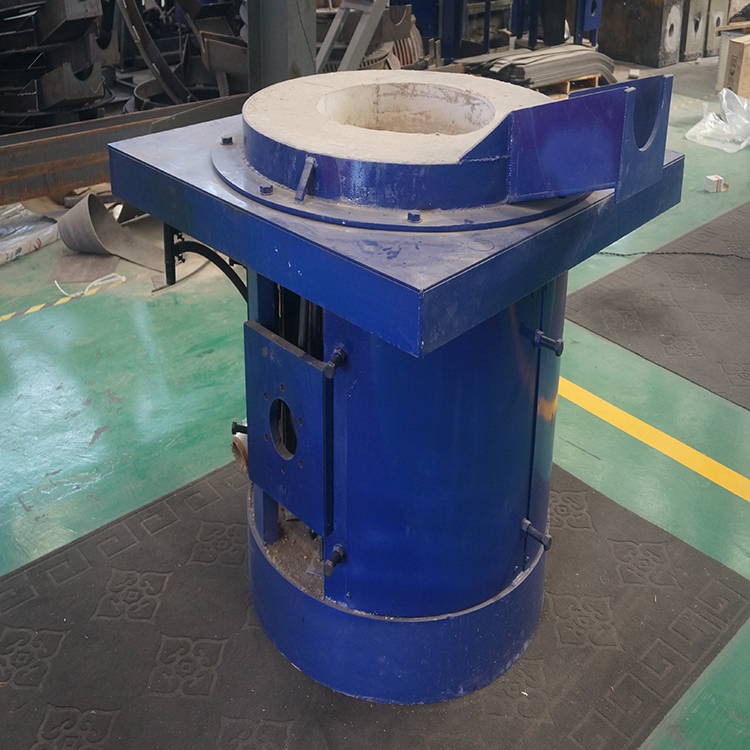steel scrap melting induction furnace
Induction Furnace Scrap Melting
An induction furnace is an electric furnace used primarily to melt scrap steel and other metals. It heats and melts the metal through electromagnetic induction, providing precise temperature control and efficient operation. Here is an overview of how an induction furnace works, its components, and its applications:

Components of an Induction Furnace:
1. Furnace Shell: – The outer structure that houses all the internal components and provides insulation to retain heat.
2. Induction Coil: – Made of copper or aluminum, it is wound around the furnace body and conducts electrical current to create an electromagnetic field. The coil is responsible for generating the heat required to melt the metal.
3. Furnace Lining: – The inner lining, usually made of refractory material, that can withstand high temperatures and protect the furnace shell from direct contact with the molten metal.
4. Power Supply: – Provides the current required by the induction coil to create the electromagnetic field. The power supply controls the voltage and frequency of the current.
5. Cooling System: – Includes water cooling components such as the induction coil and furnace shell to manage heat and prevent overheating.
6. Lifting Mechanism: – Used to tilt or lift the furnace so that molten metal can be poured into molds or buckets.
7. Control Panel: – An interface for operating and monitoring the furnace that allows adjustment of temperature, power levels, and other parameters.
8. Temperature and Chemical Sensors: – Measure and monitor the temperature and composition of the molten metal to ensure it meets specifications.
Process Overview:
1. Charging: – Scrap steel or other metal is charged into the furnace. In some cases, these materials may be preheated to increase efficiency.
2. Melting: – Electric current is passed through an induction coil, creating a magnetic field that induces currents within the metal. These currents generate heat through resistance, which melts the metal.
3. Monitoring and Adjustment: – The furnace operator uses sensors to monitor the temperature and composition of the molten metal and adjusts the power as needed to achieve the desired quality.
4. Pouring: – Once the metal reaches the desired temperature and composition, the furnace is tilted or the lid is opened to pour the molten metal into molds, buckets, or other casting equipment.
5. Cooling & Solidification: – Allows the molten metal to cool and solidify into its final shape.
6. Cleaning: – After each batch, the furnace is cleaned and prepared for the next cycle.
Advantages of Induction Furnaces:
– Efficiency: Induction furnaces melt quickly and are energy efficient due to their precise control of temperature and minimal heat losses.
– Clean Operation: There are fewer emissions and pollutants than other melting methods.
– Flexibility: Suitable for a wide range of metals and alloys, including steel, aluminum, and copper.
– Quality Control: Allows for precise control of the composition and temperature of the metal, resulting in a high-quality end product.
Application Areas:
– Steel Manufacturing: Melts scrap steel to produce new steel products.
– Foundries: Produces castings for automotive, aerospace, and mechanical applications.
– Recycling: Recycles scrap metal into a usable form.
If you have more specific questions about the operation or components of an induction furnace, feel free to ask!

